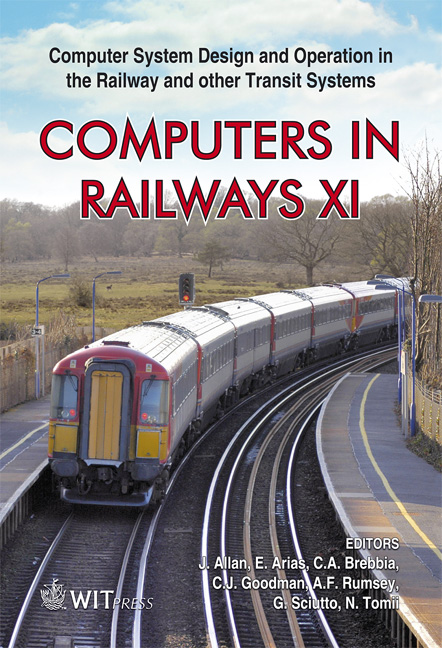Analysing The Metro Cityring In Copenhagen
Price
Free (open access)
Transaction
Volume
103
Pages
9
Page Range
45 - 53
Published
2008
Size
669 kb
Paper DOI
10.2495/CR080051
Copyright
WIT Press
Author(s)
A. H. Kaas & E. M. Jacobsen
Abstract
When planning new infrastructure it is important that the infrastructure is well suited for the planned operation. This is especially important in case of high frequent operation underground (e.g. metro systems) since it is too expensive to modify the infrastructure later. This paper describes the importance of adapting new infrastructure to the future operation. This will be done based on analyses carried out for the planned ring metro in Copenhagen. The analyses include: • Different operation alternatives depending on the running time and the number of trains in operation • The necessity of withdrawing rolling stock in case of problems • Changes in the frequency during the day • The stability of the system The analyses have shown that the possibility to withdraw rolling stock in case of problems and the possibility of changing the frequency is sensitive to the scheduled plan of operation. This is because the possibilities of withdrawing rolling stock and changing the frequency influence the stability of the system. Altogether, this paper demonstrates that the use of micro simulation in the planning phase of new infrastructure can improve the later operation. This is because it is possible to evaluate the future operation and the need for improved infrastructure. Keywords: railway capacity, simulation, vehicle allocation, railway operation, metro, Copenhagen, Denmark, railway, plan of operation, service frequency. 1 Introduction The first Metro line in Copenhagen was opened in 2002. Now, in 2008, the system consists of the two lines M1 and M2 (see figure 1 below) and the politicians have decided to extend the Metro system, with a new City Circle Line
Keywords
railway capacity, simulation, vehicle allocation, railway operation, metro, Copenhagen, Denmark, railway, plan of operation, service frequency.





